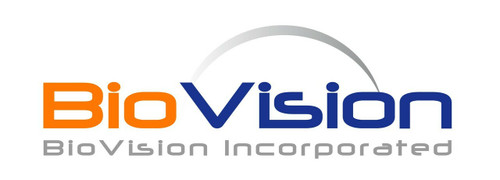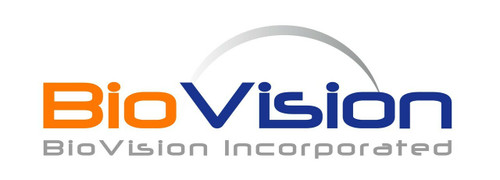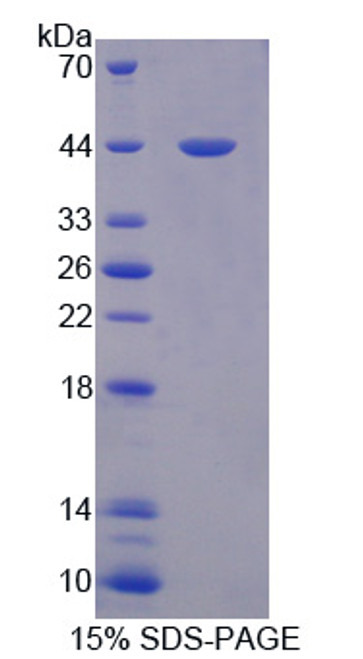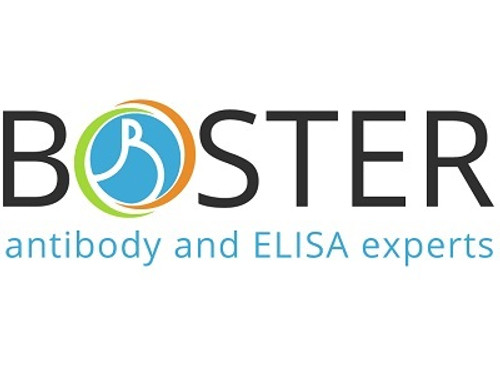Product Description
Persephin is a disulfide-linked homodimer neurotrophic factor structurally related to GDNF, Artemin, and Neurturin. These proteins belong to the cysteine-knot family of growth factors that assume stable dimeric structures. Persephin signals through a multicomponent receptor system, composed of RET and one of four GFR (1-4) receptors. The GFR4 was first identified in chicken and was later shown to be the preferential binding subunit for Persephin. Persephin promotes the survival of ventral midbrain dompaminergic neurons and motor neurons after sciatic nerve oxotomy, and like GNDF, promotes ureteric bud branching. However, in contrast to GDNF and Neurturin, Persephin does not support survival of peripheral neurons. Recombinant human Persephin is a disulfide linked homodimer, composed of two 10.4 kDa polypeptide chains (194 total amino acid residues). Each chain contains seven conserved cysteine residues, one of which (Cys 63) is used for inter-chain disulfide bridging and the others are involved in intramolecular ring formation known as the cysteine knot configuration.
Biovision | 7185 | Persephin human recombinant DataSheet
Biomolecule/Target: Persephin
Synonyms: PSP, PSPN
Alternates names: p40 cytokine, T-cell growth factor p40
Taglines: Promotes the survival of ventral midbrain dompaminergic neurons and motor neurons
NCBI Gene ID #: 116558
NCBI Gene Symbol: IL9
Gene Source: Rat
Accession #: D4A8I9
Recombinant: Yes
Source: E. coli.
Purity by SDS-PAGEs: 98%
Assay: SDS-PAGE
Purity: N/A
Assay #2: HPLC
Endotoxin Level: < 0.1 ng/g of protein (<1EU/g).
Activity (Specifications/test method): Measured by its ability to enhance MC/9 cell proliferation.
Biological activity: Measured by its ability to enhance MC/9 cell proliferation.
Results: N/A
Binding Capacity: N/A
Unit Definition: N/A
Molecular Weight: ~14.3 kDa
Concentration: N/A
Appearance: Lyophilized powder
Physical form description: Sterile filtered through a 0.2 micron filter. Lyophilized with no additives.
Reconstitution Instructions: Centrifuge the vial prior to opening. Reconstitute in water to a concentration of 0.1-1.0 mg/ml. Do not vortex. For extended storage, it is recommended to further dilute in a buffer containing a carrier protein (example 0.1% BSA) and store in working aliquots at -20°C to -80°C.
Amino acid sequence: MQRCSTSWGI QHTSYLIENL KDDPSSKCSC SANVTSCLCL PIPSDDCTTP CFQEGMSQVT NATQQSKFSP FFFRVKRIVE TLKSNKCQFF SCEKPCNQTT AGNTVSFLKS LLKTFQKTEV QVQRSRA
 Euro
Euro
 USD
USD
 British Pound
British Pound
 NULL
NULL








